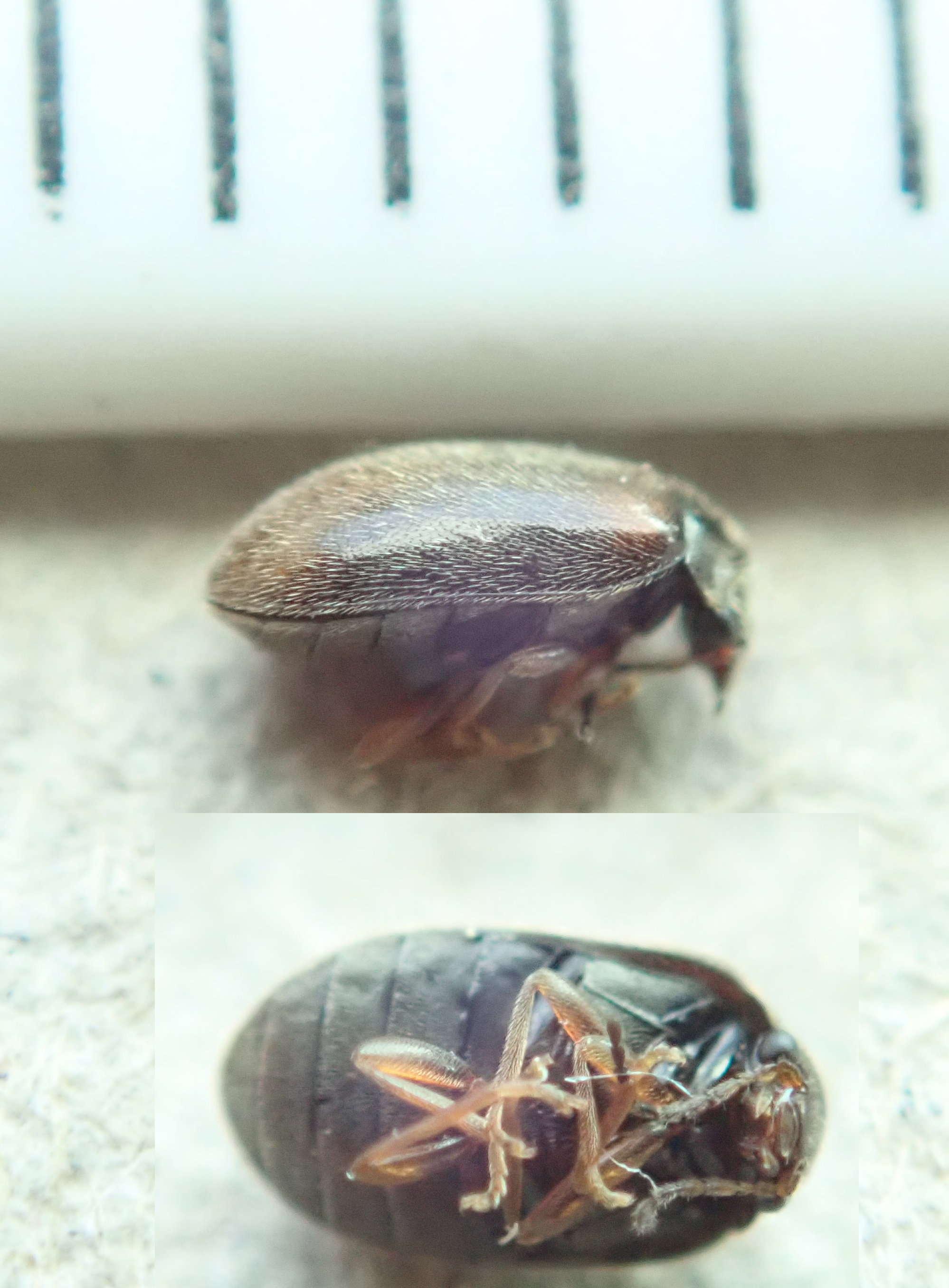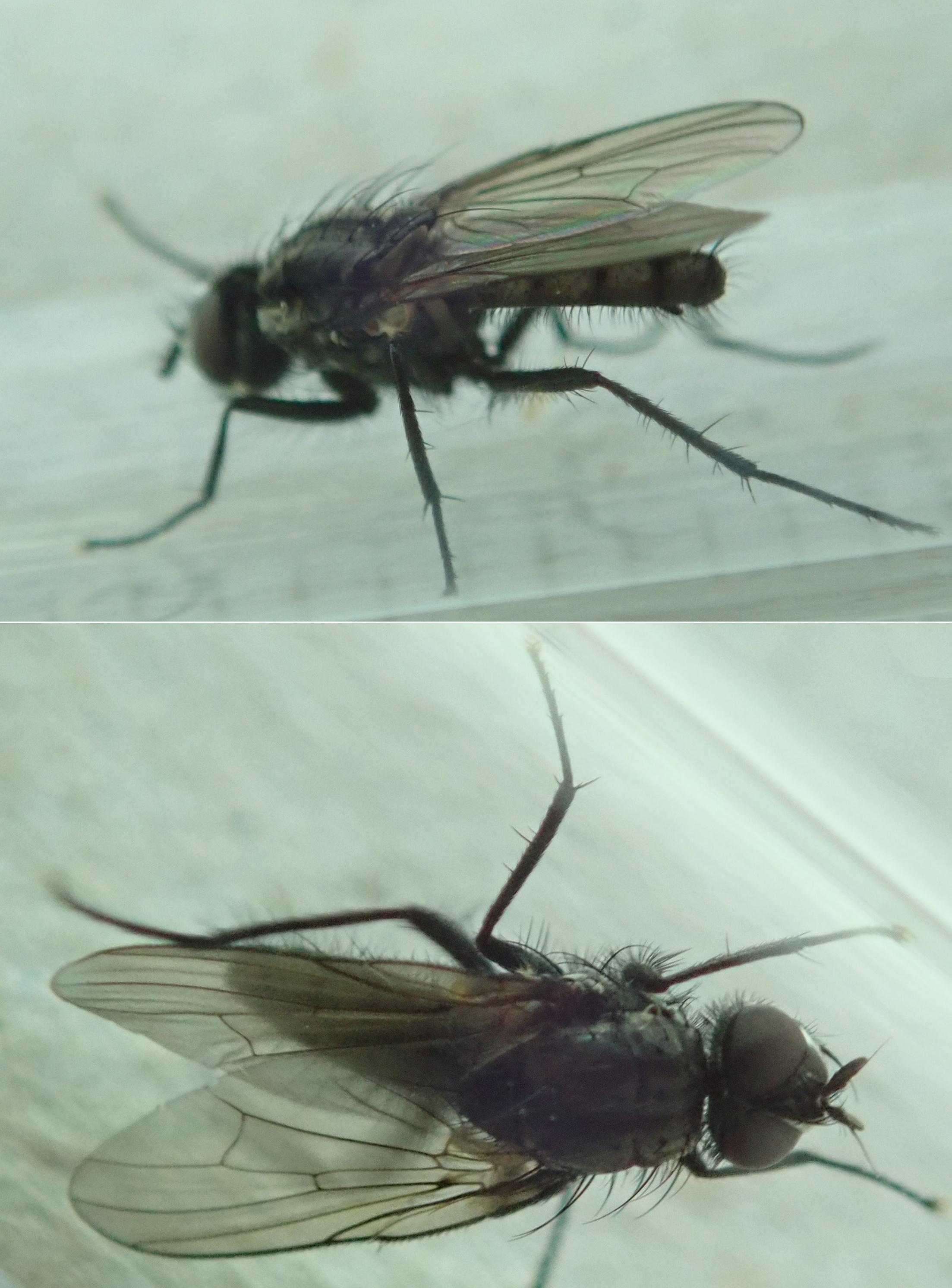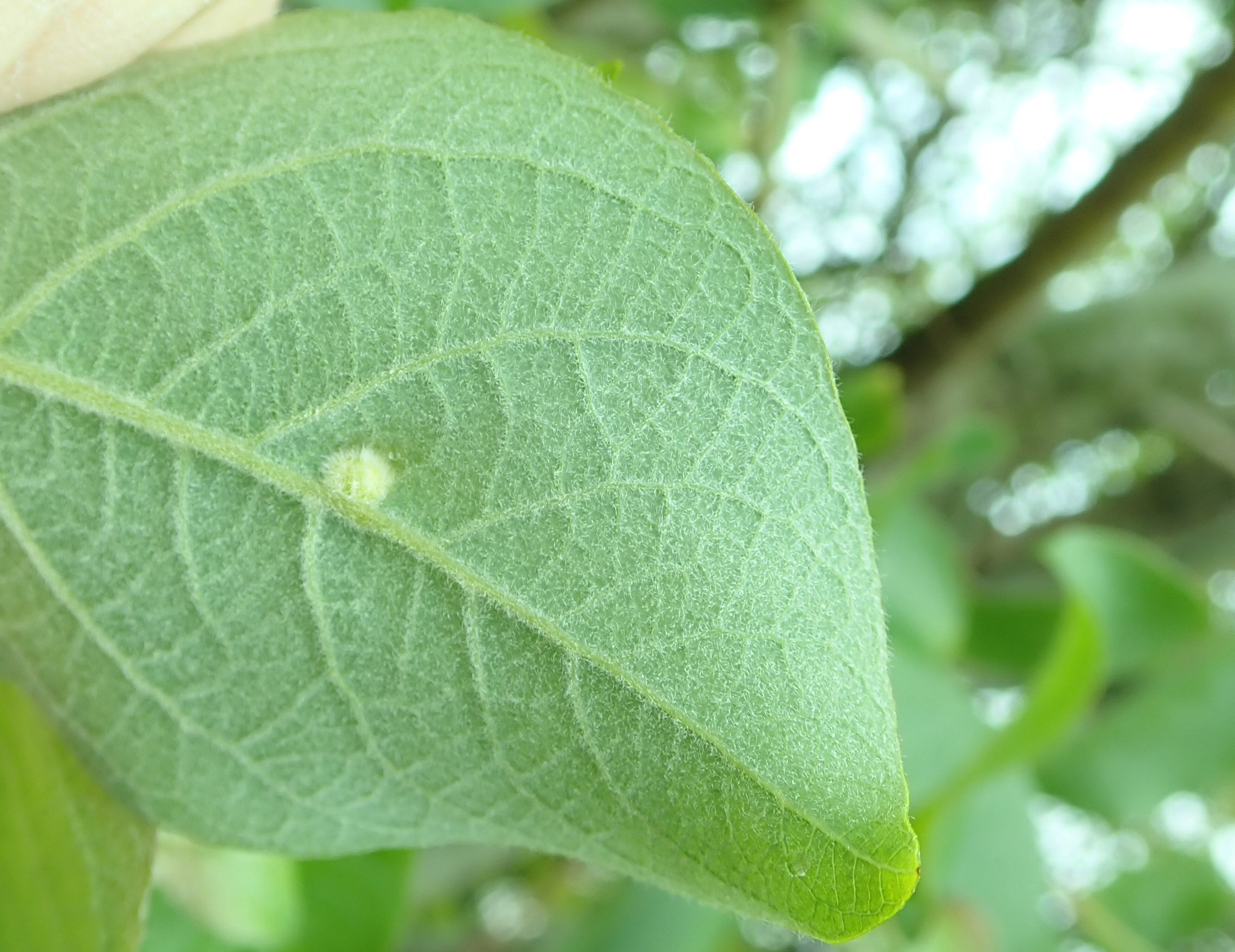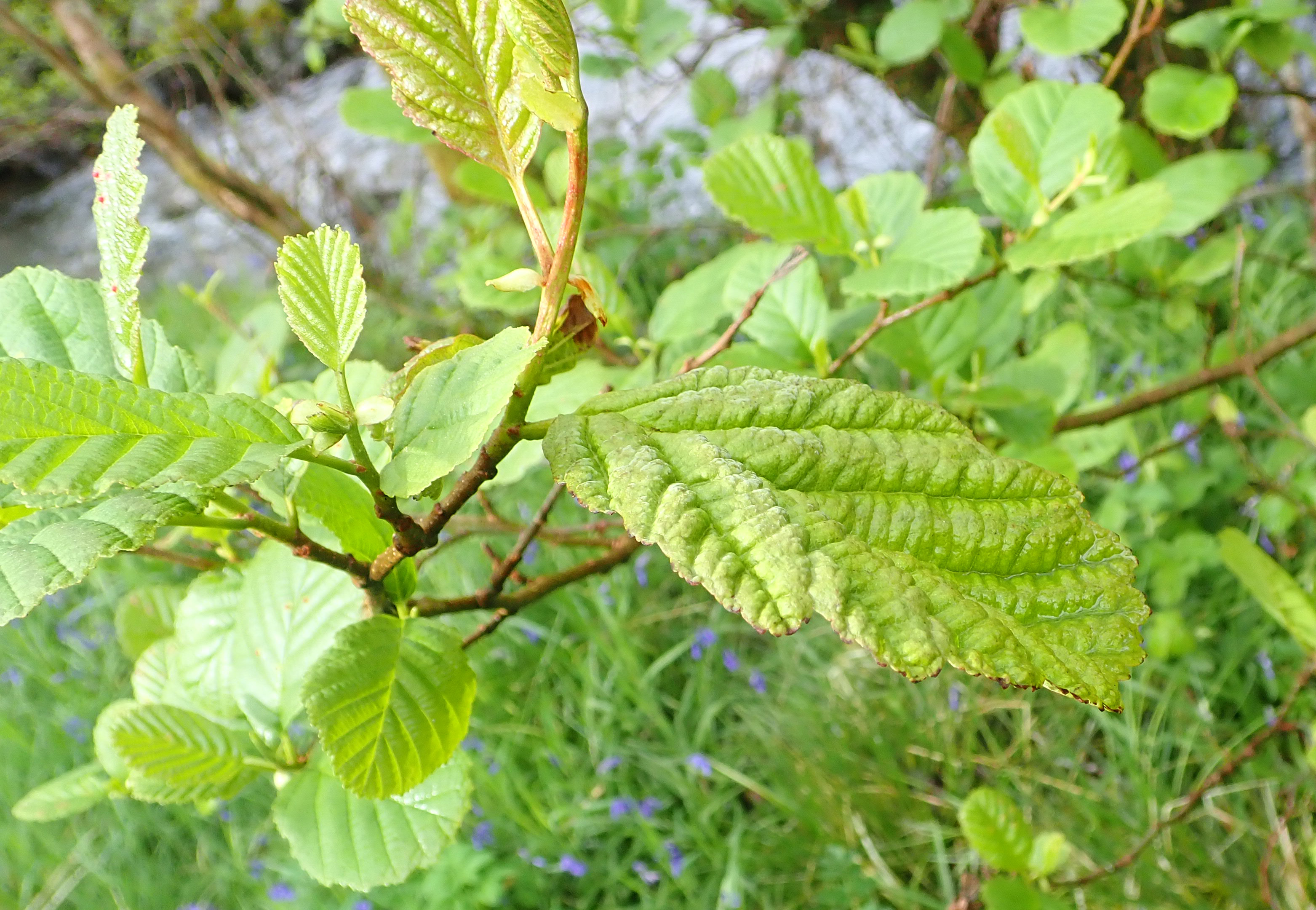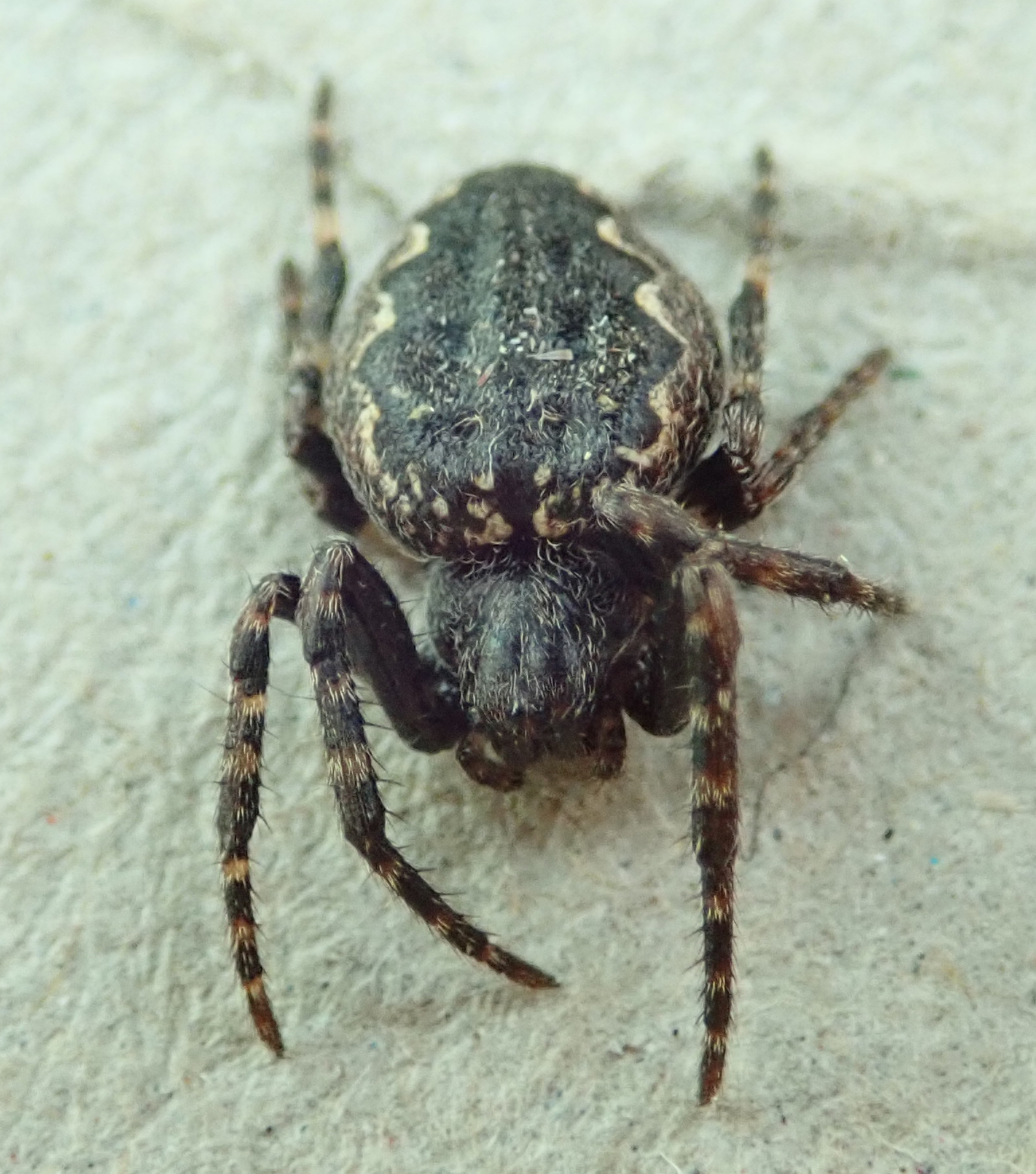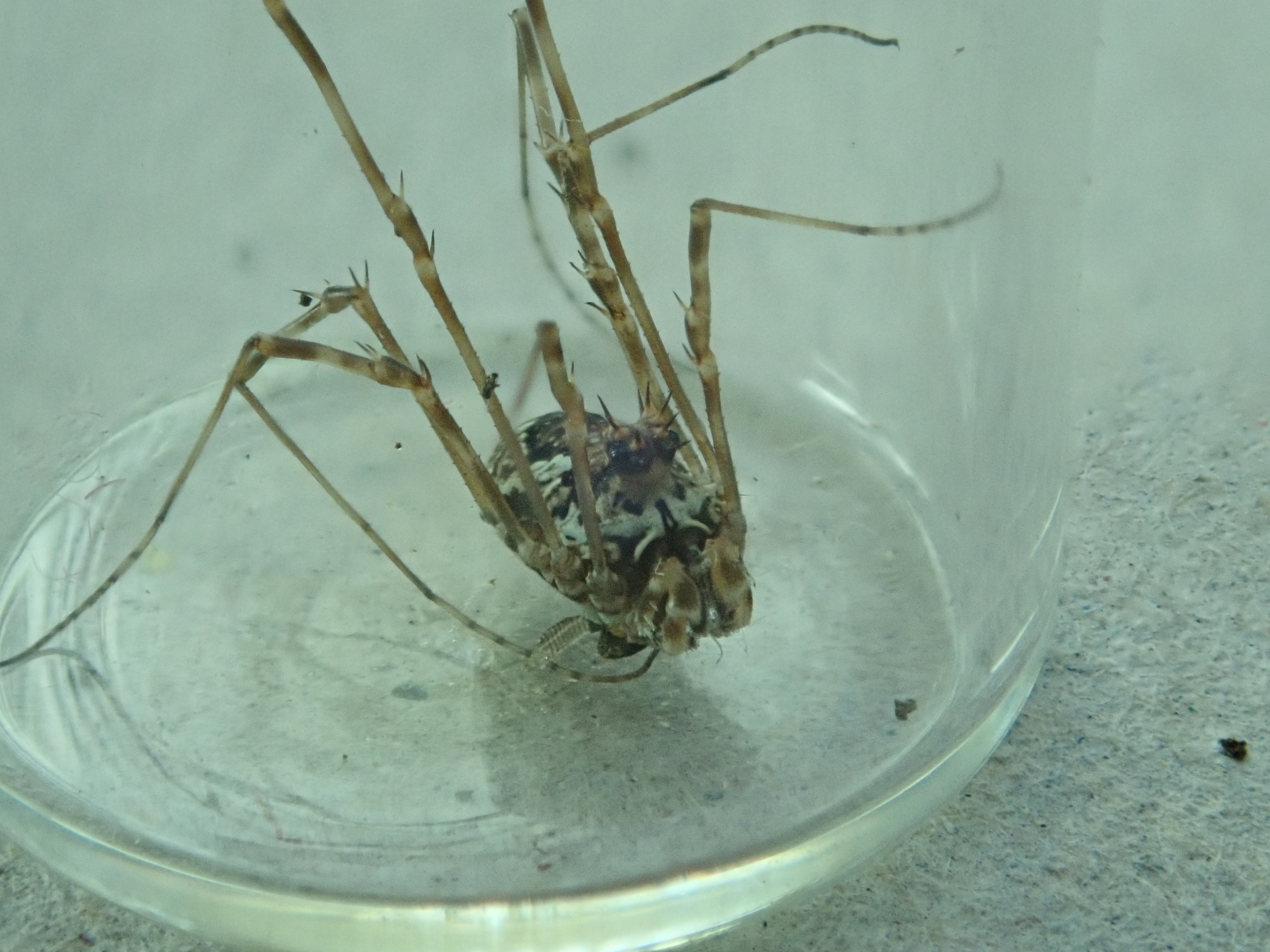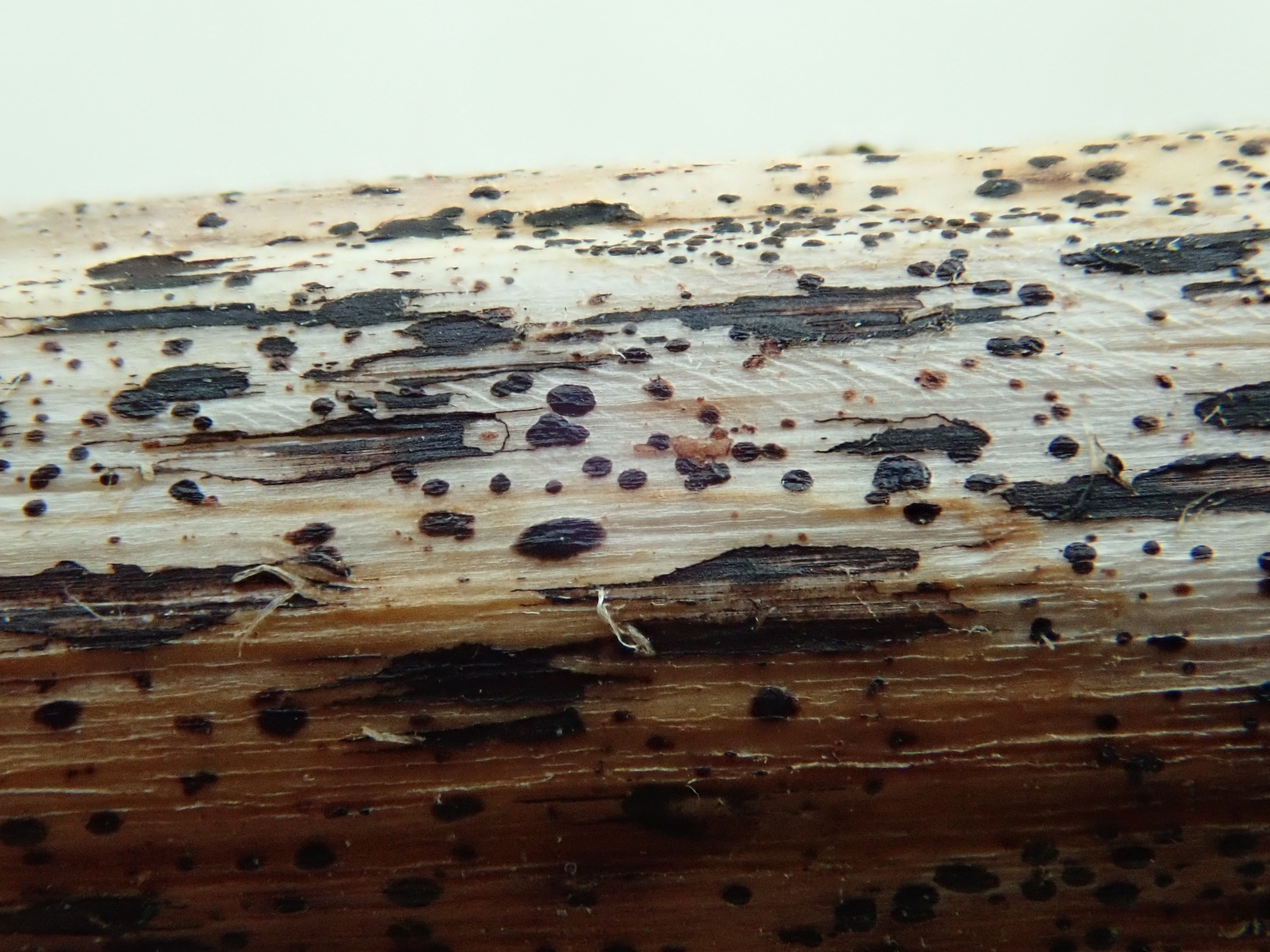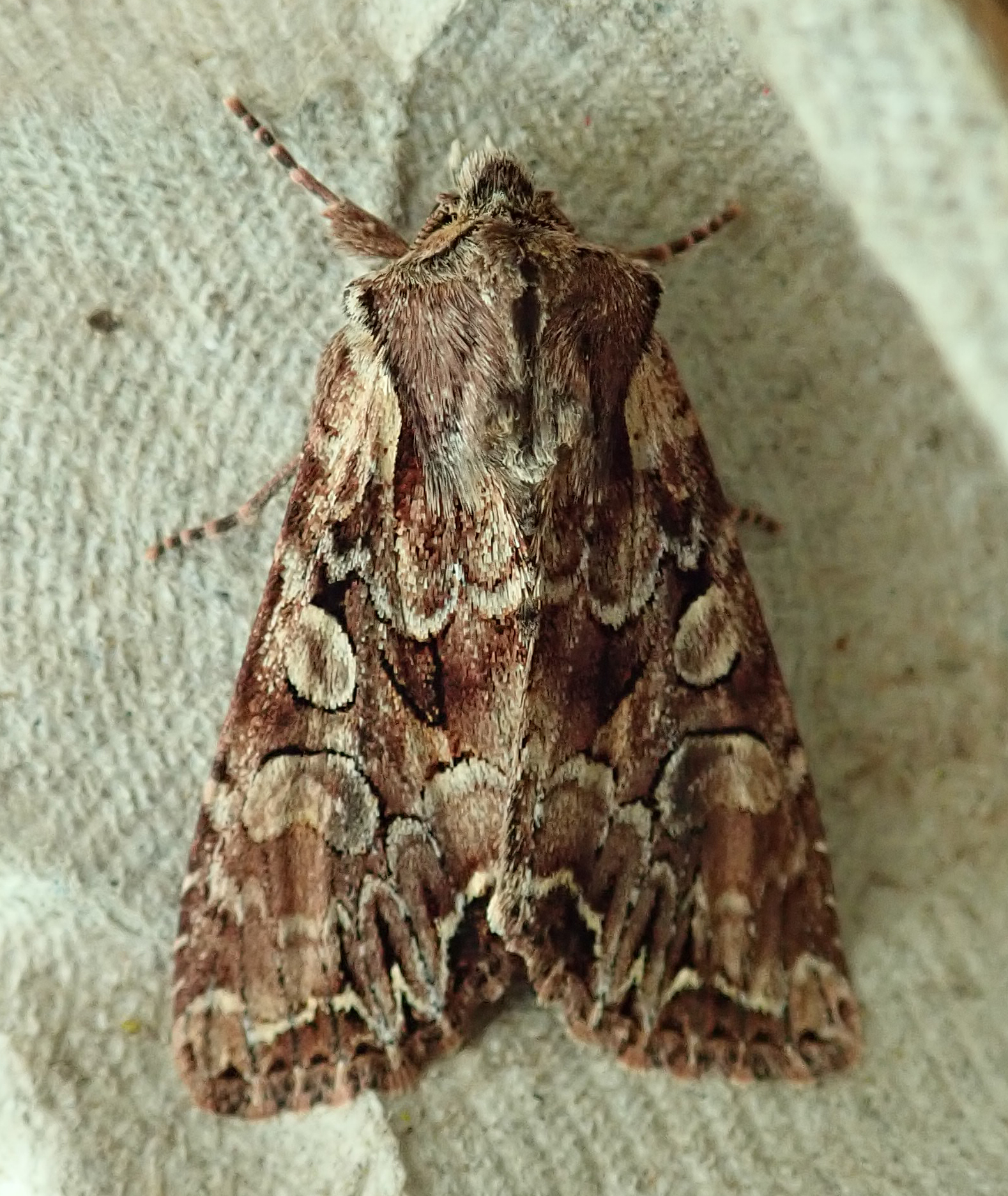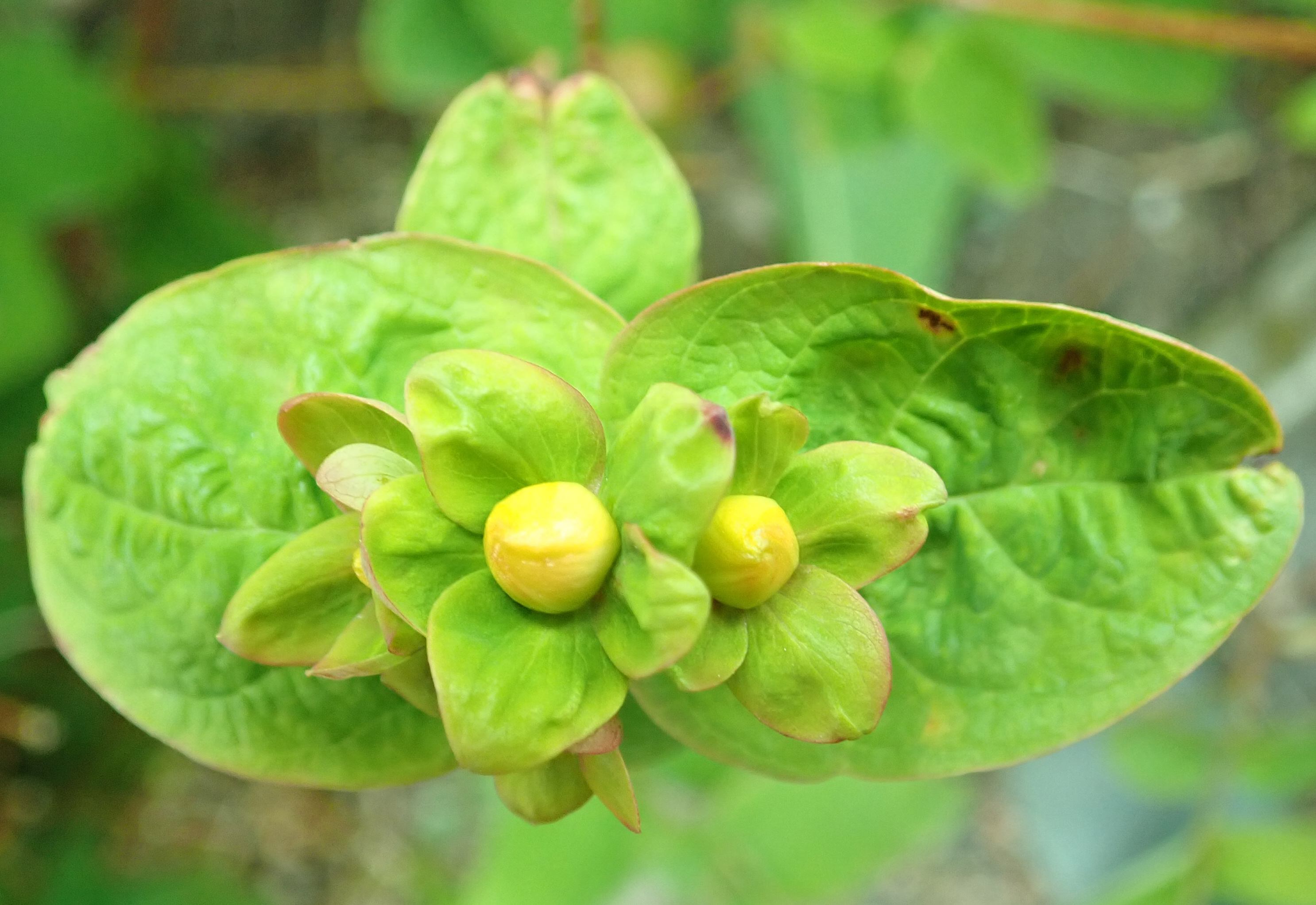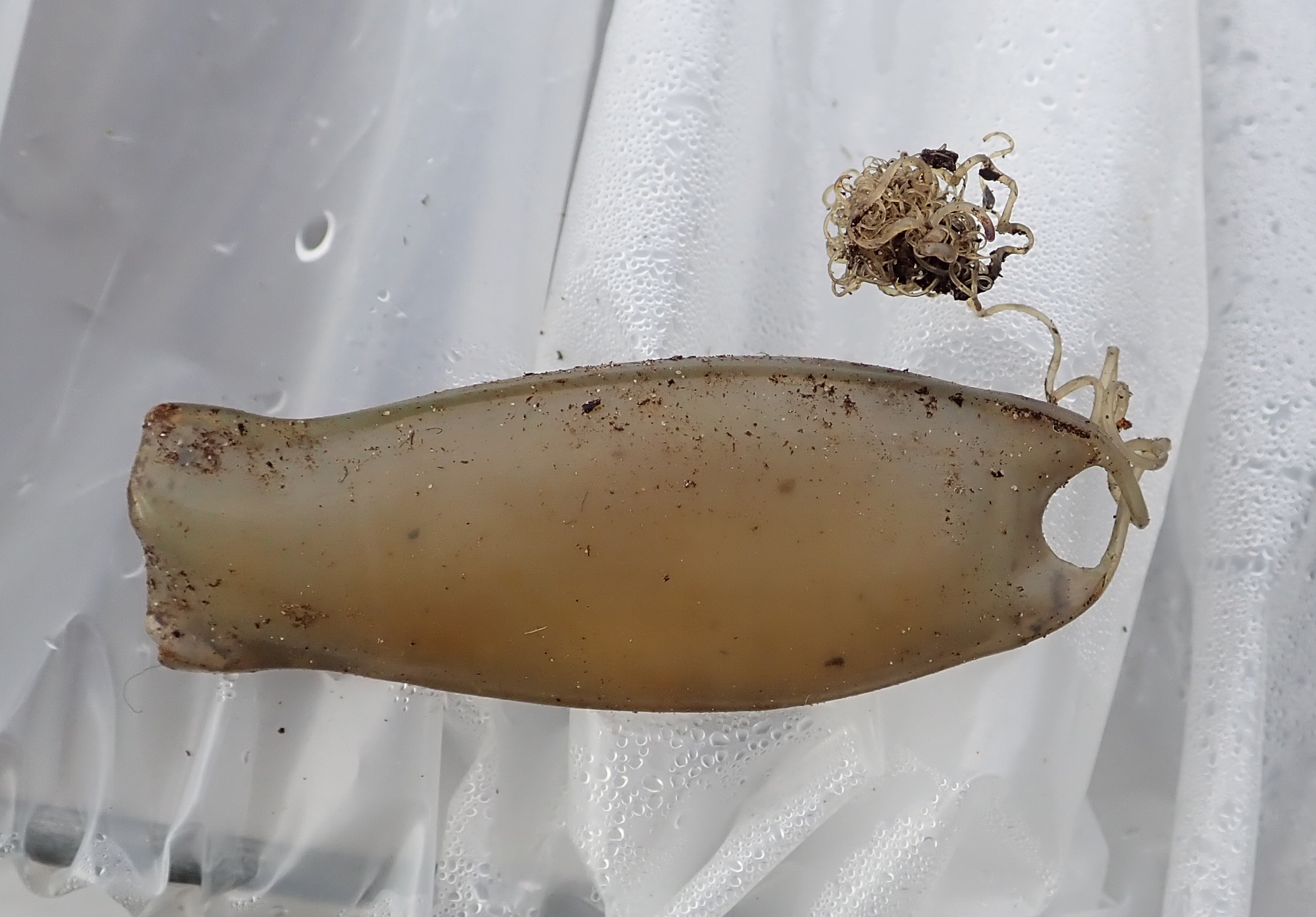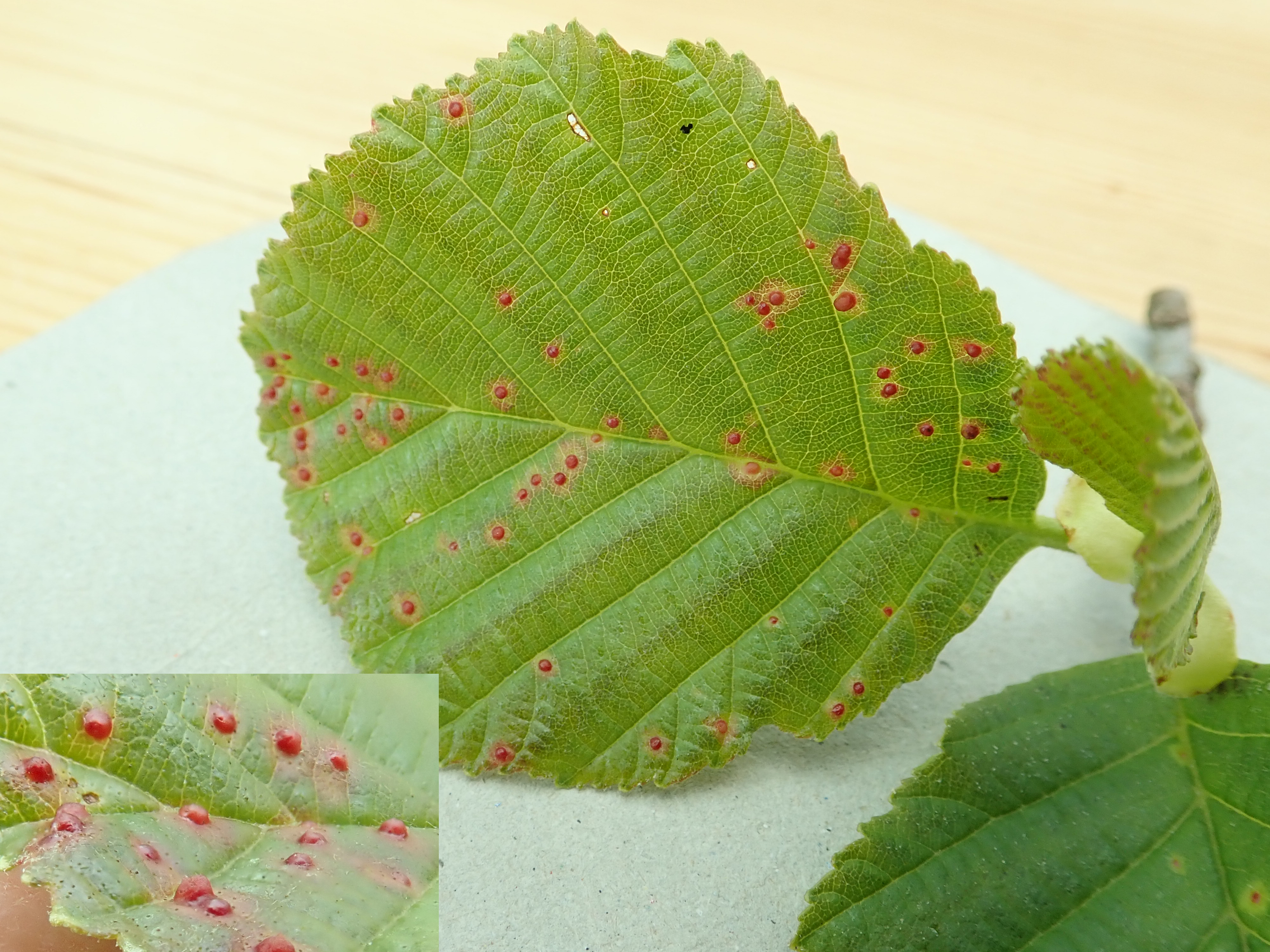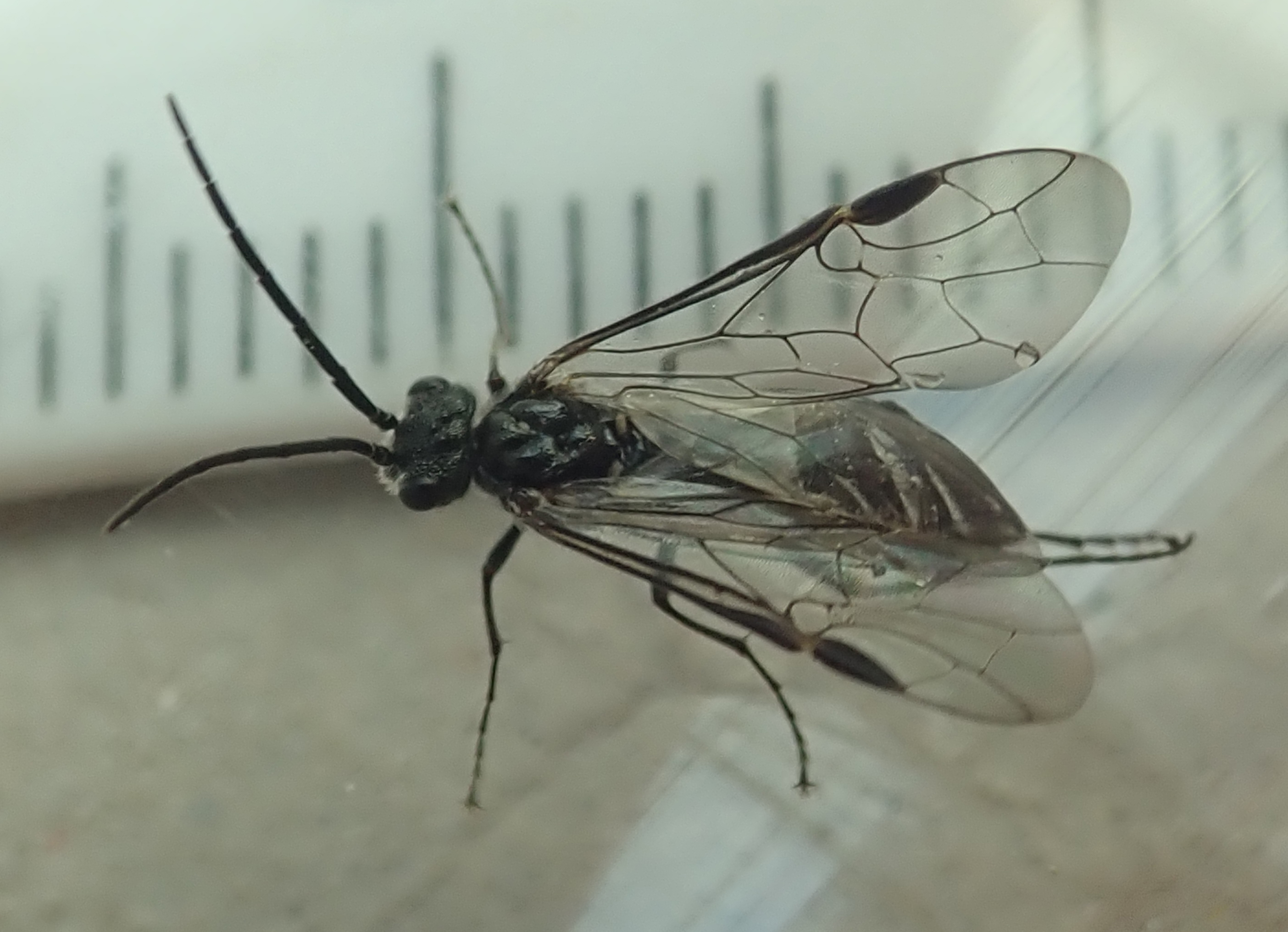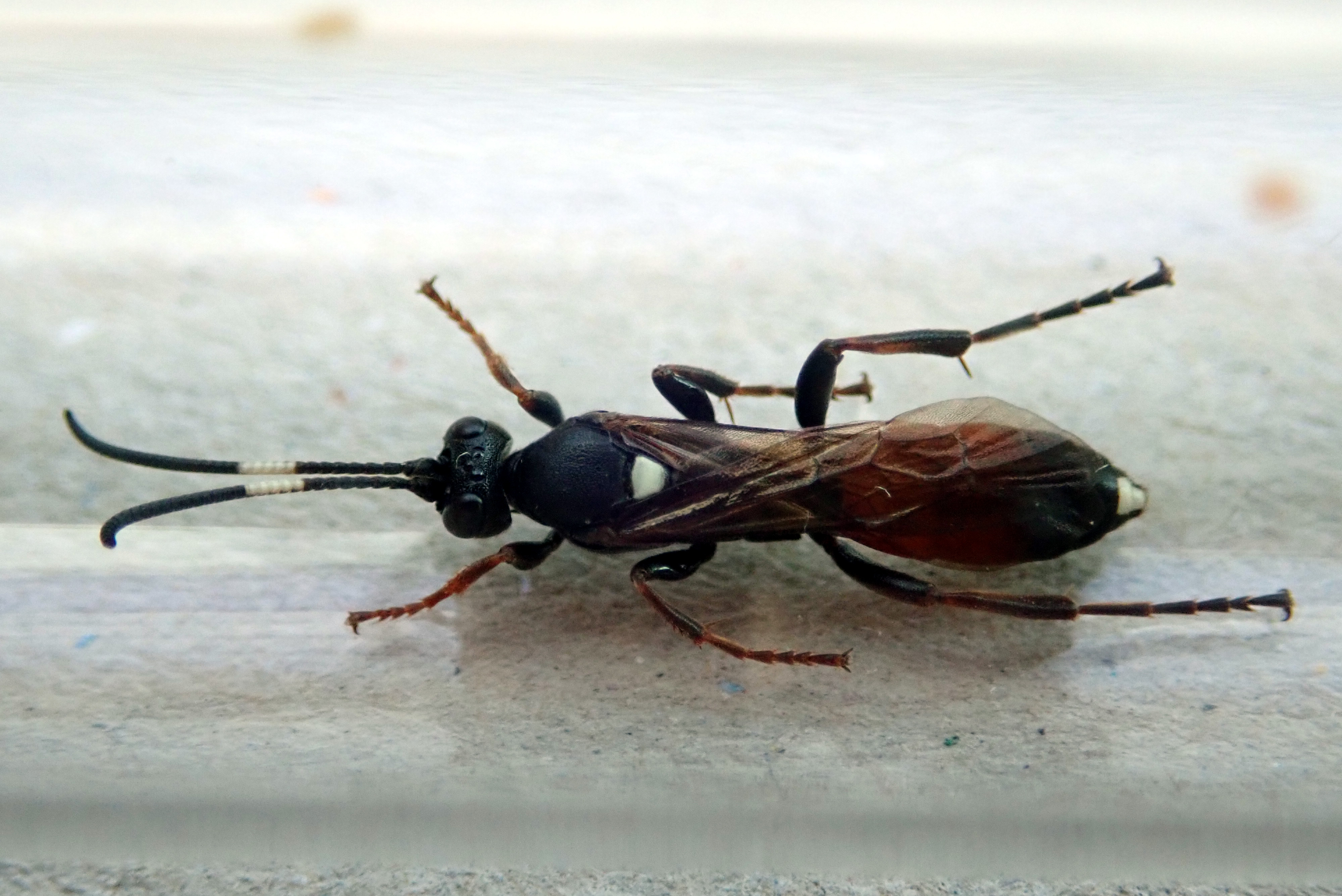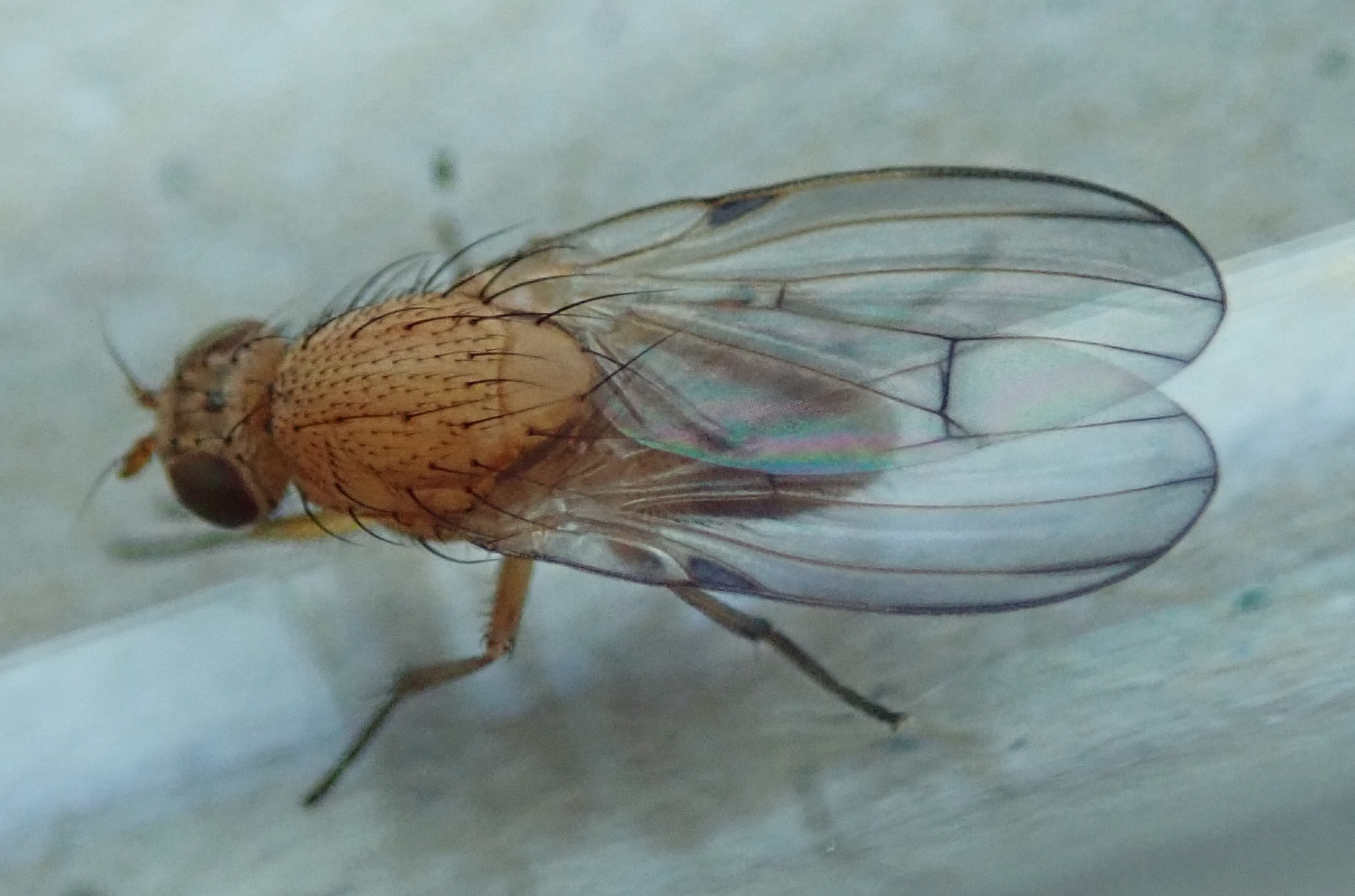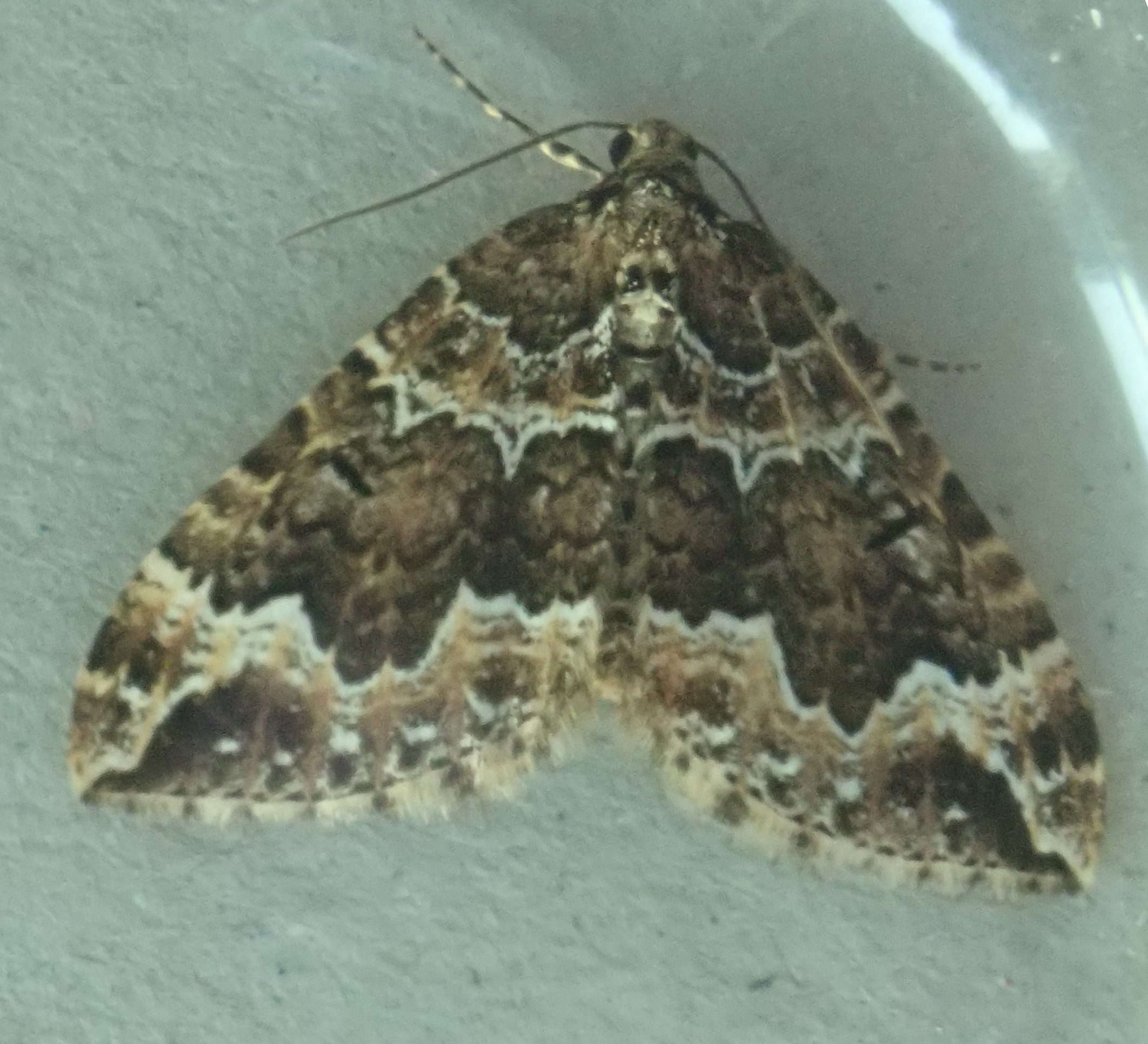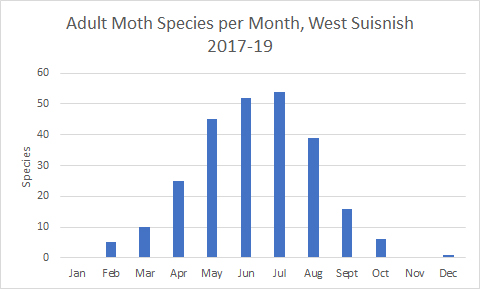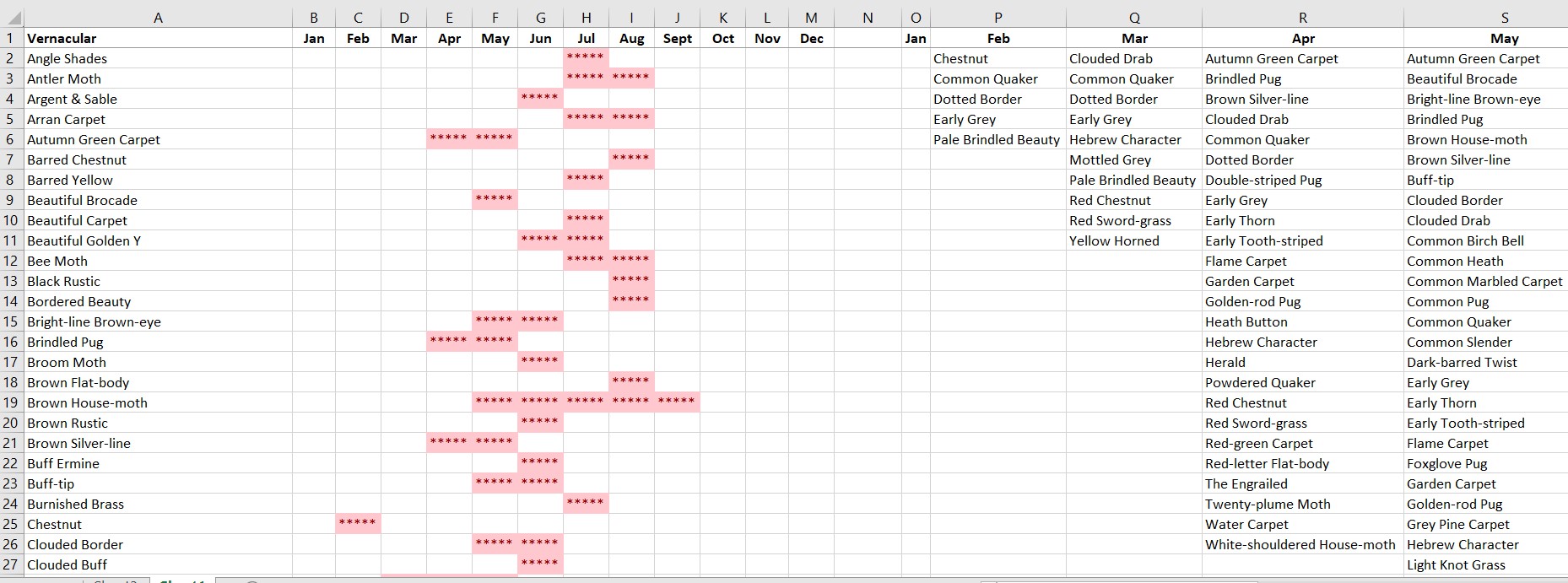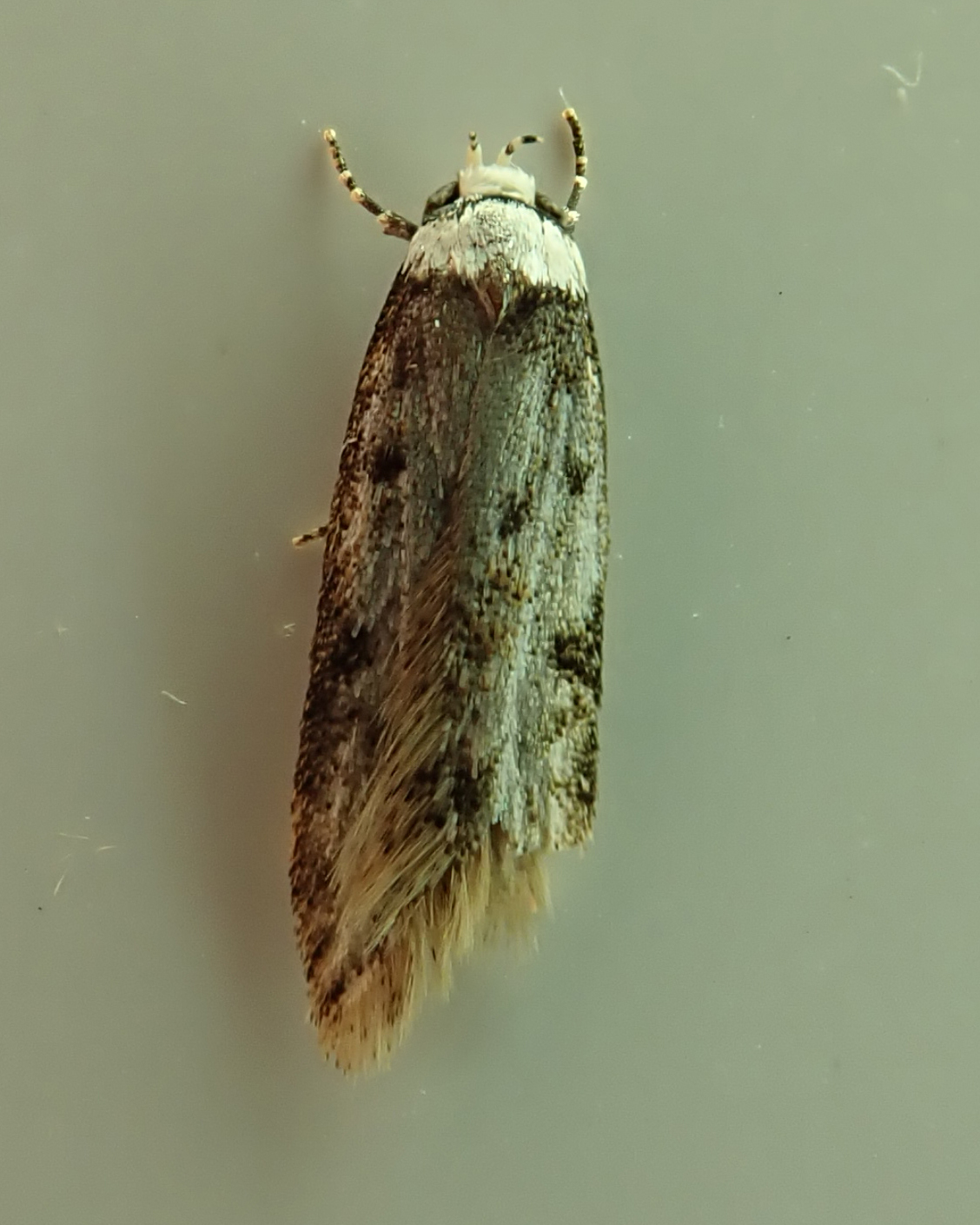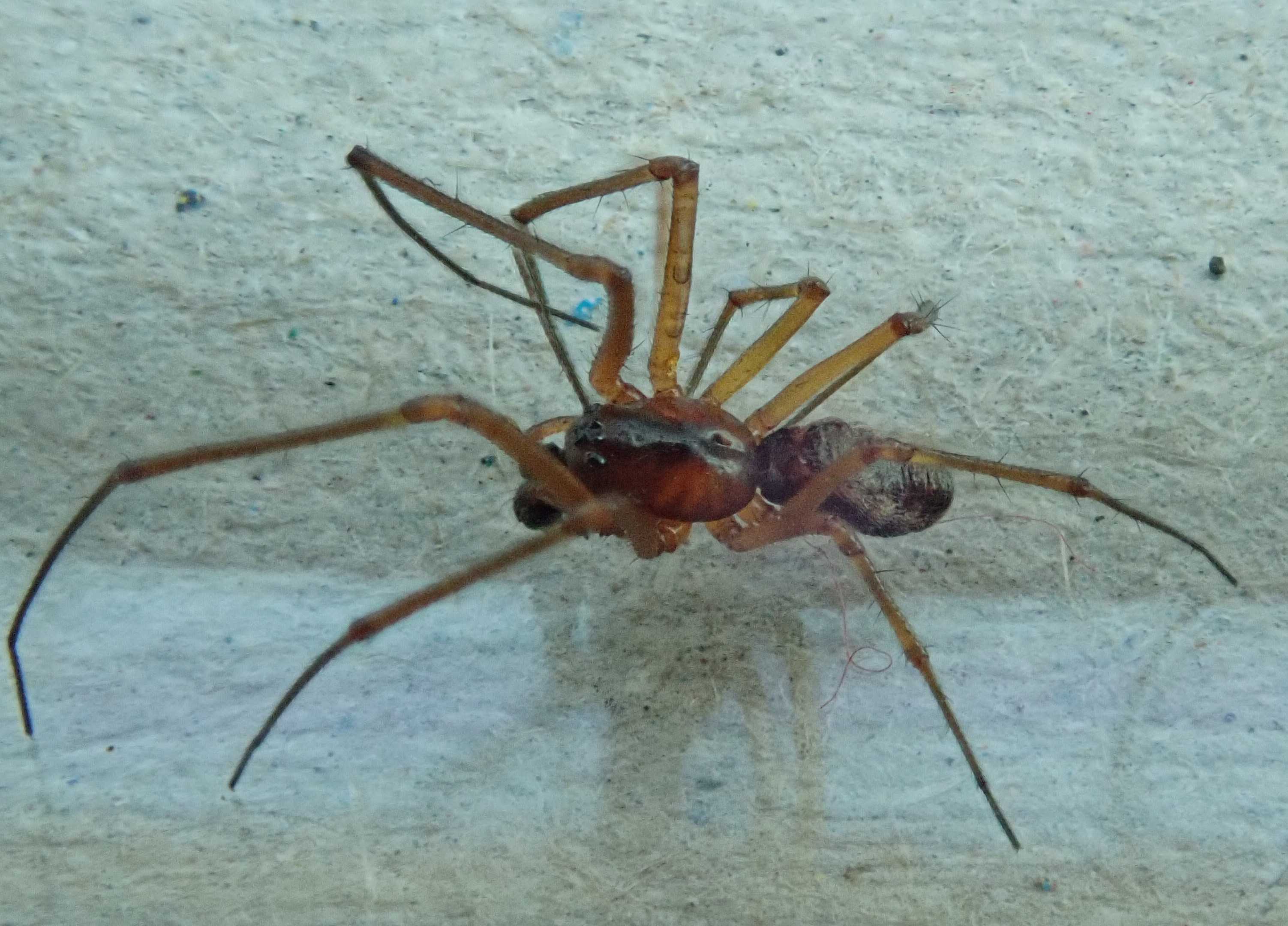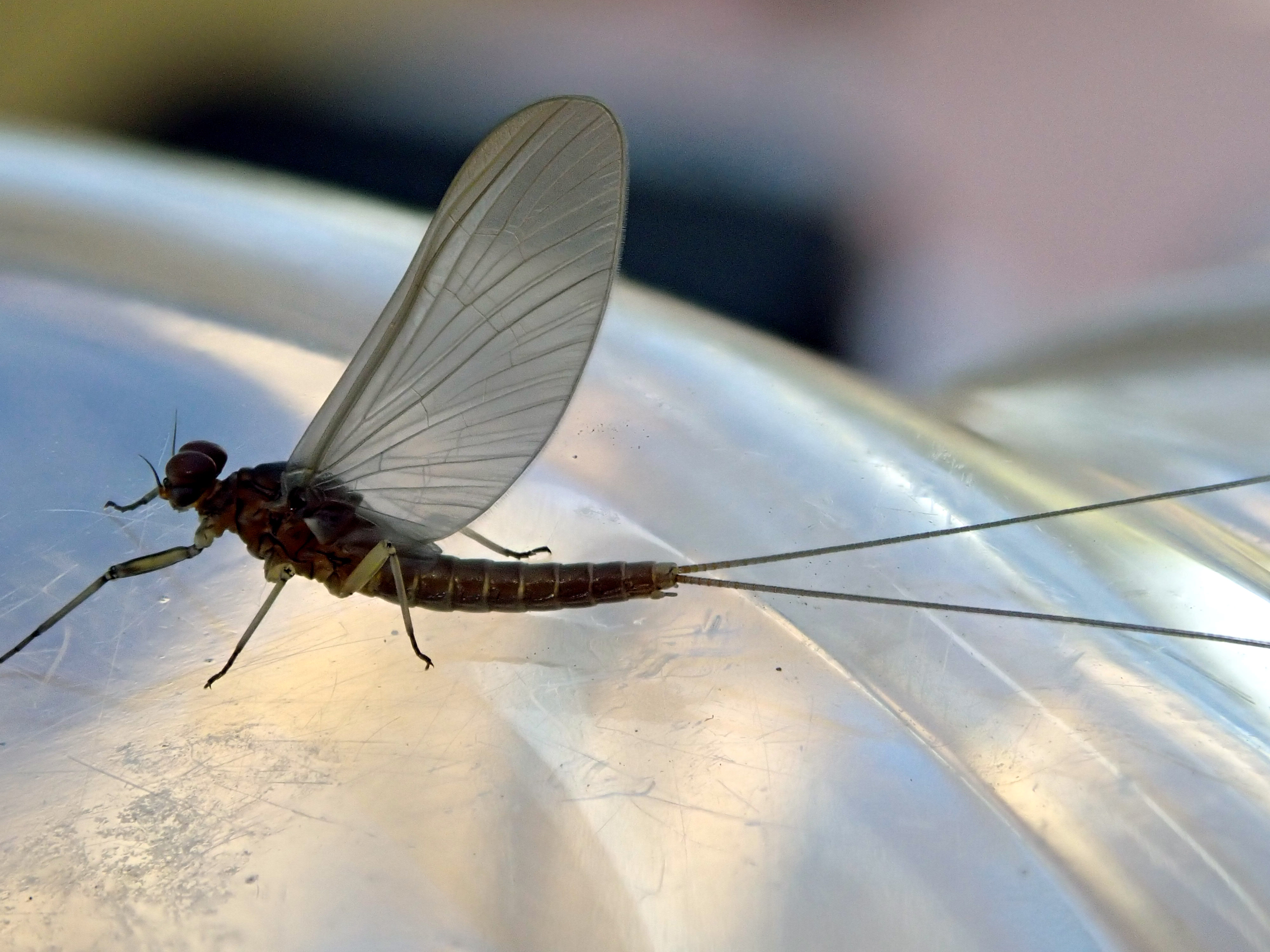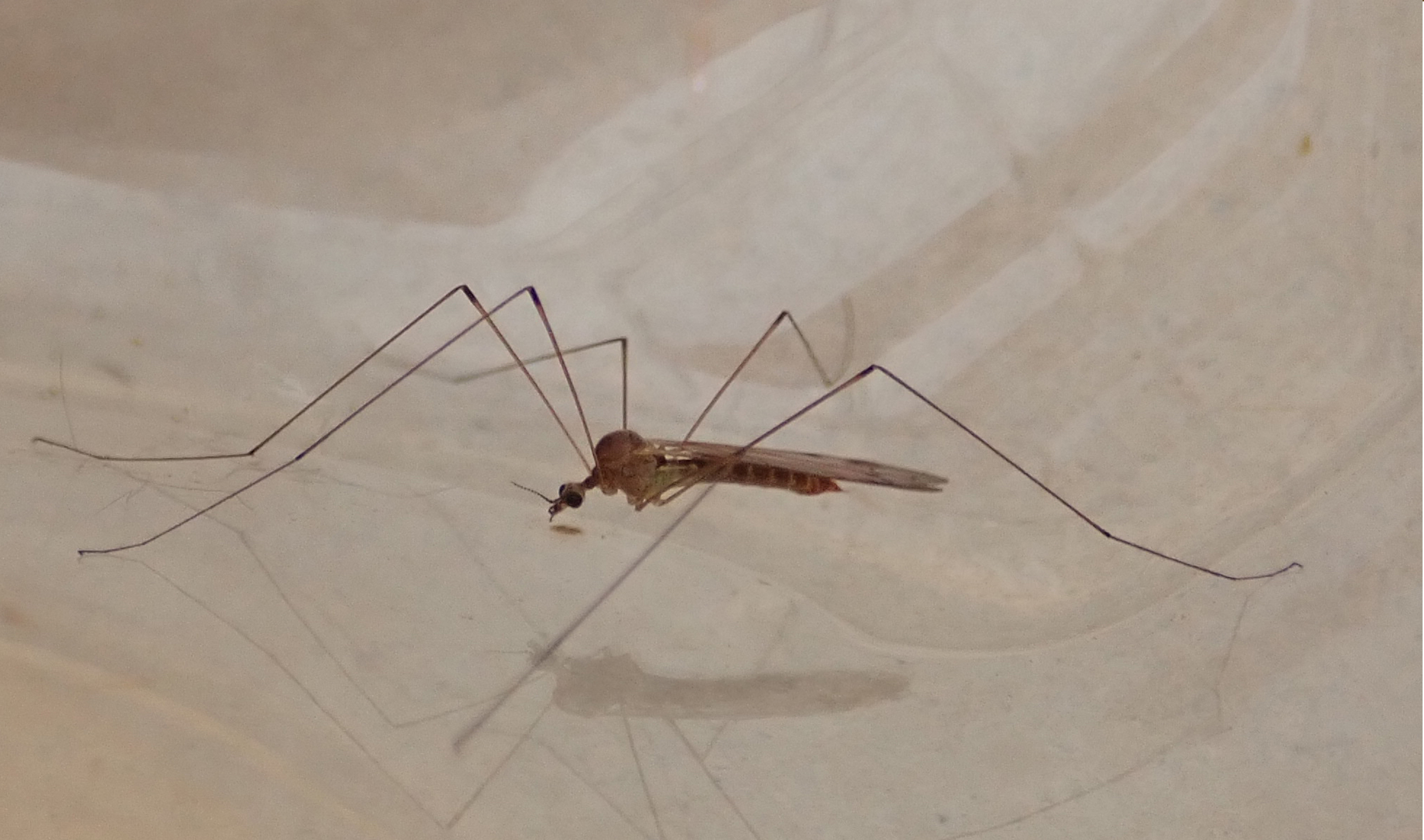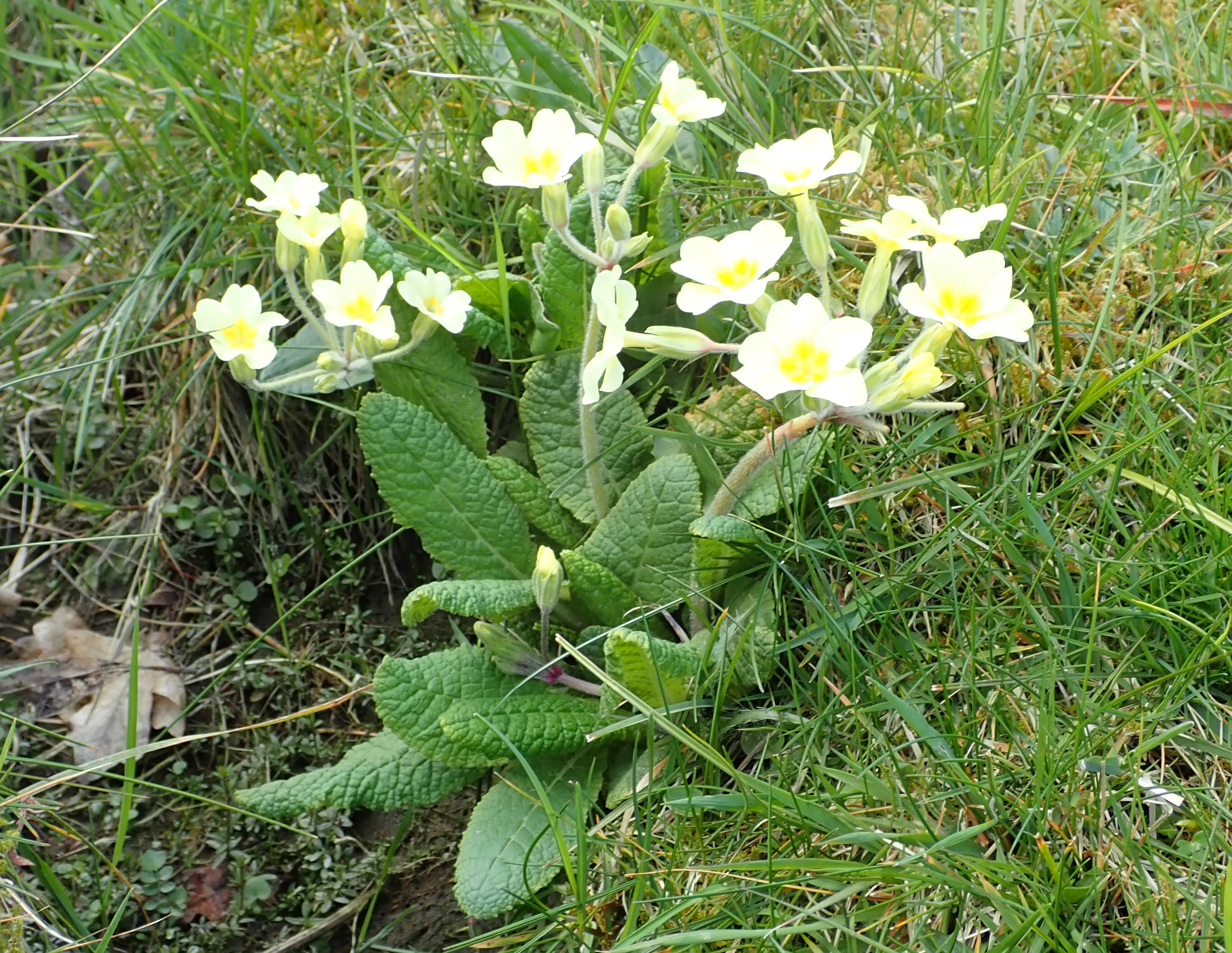I had omitted Plantago lanceolata (Ribwort Plantain) and Ranunculus repens (Creeping Buttercup) from my list of weeds flowering in the garden. Both have been flowering for some time, but now I can add Conopodium majus (Pignut), Galium saxatile (Heath Bedstraw), Trifolium repens (White Clover) and Veronica serpyllifolia subsp. serpyllifolia (Thyme-leaved Speedwell). The last flowers are on the Ficaria verna subsp. fertilis (Lesser Celandine); I am not sure that it will quite make June.
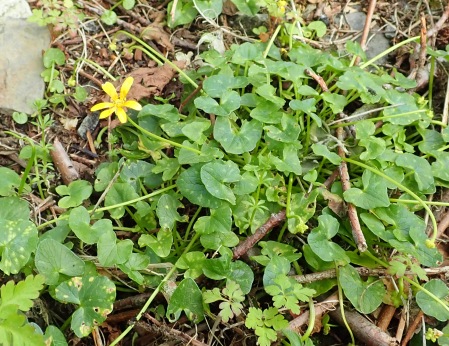
Ficaria verna subsp. fertilis (Lesser Celandine)
I fell over a large toad on my way to turn on the moth trap a few nights ago, but my other recent animal records have involved arthropods. This Ichneumon is Ophion sp., but that is as far as I am going as it is a very tricky genus, and the taxonomy is in flux. Even if that were not so, it would undoubtedly challenge my skills to sort it out.
It has been a good couple of days for micro-moths with my very own Large Longhorn (the arrows show the end of the antennae, explaining the vernacular name):
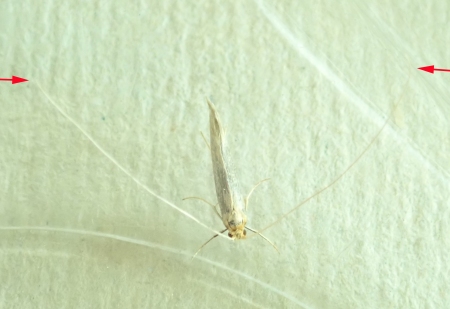
Nematopogon swammerdamella
plus three others, two of which I had not seen here before:
Brilliant hairstyle.
Other critters of note have included this sawfly with a pentagon on its thorax
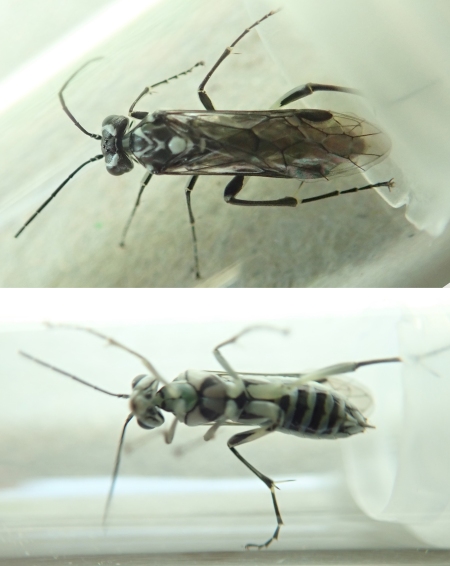
Pachyprotasis rapae (Thanks, Jenni)
and this spider
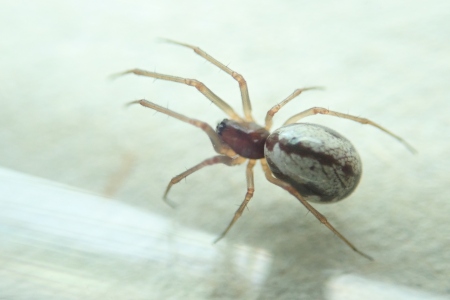
Microlinyphia pusilla (Thanks, Katie)





 Scurfy Twiglet
Scurfy Twiglet




